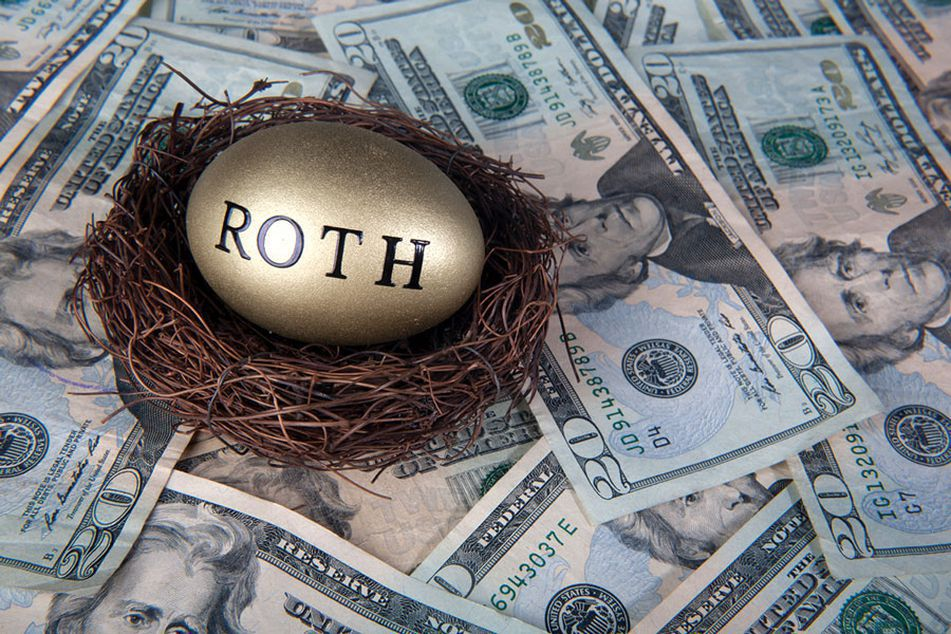Roth IRAs and Income Tax Liability – How to Protect Your Assets

We’d like to discuss Roth IRAs, this week, and their advantages and disadvantages.
Roth IRAs
As most of you know, for Roth IRAs:
- Contributions are made in after-tax dollars.
- Distributions from a Roth IRA, if taken after age 59½ and providing the assets have been held for at least 5 years in that Roth account, are entirely free of income tax liability.
- There are no required minimum distributions (RMDs) for the original account owner; therefore, the assets can continue to grow after retirement, with no tax liability to the account owner.
As with all IRAs, a Roth IRA with a properly designated beneficiary or beneficiaries does not go through the probate process.
Who is Eligible for a Roth IRA?
That’s a question with a two-part answer.
- To be eligible to open or contribute to a Roth IRA, you must earn less than $153,000 as an individual, or less than $228,000 for married couples who file jointly (2023 limits).
- However, if you are over the thresholds above, you have the option of converting part or all of your current IRA-held assets to a Roth IRA.
What Happens When You Convert to a Roth IRA?
The principal event triggered by converting a traditional IRA to a Roth IRA is the recognition of the pre-tax dollars you contributed to your retirement accounts as current taxable income – so these conversions may in some cases best be done in stages or tranches, so as not to incur a huge tax liability all at once.
Why Might You Want to Convert to a Roth IRA?
Traditionally, IRAs have been considered a great way to reduce taxes overall, as contributions are made with pre-tax dollars, and in the general way of the world, a retiree’s income tax bracket usually drops a level or two. Therefore, post-retirement withdrawals from your IRA would in theory be taxed at a lower rate than you would have incurred on those funds if you had not made the tax-deferred contributions to your IRA.
And Roth conversions are not for everyone. But, if you are more than 5 years away from retirement, have a high income and a healthy balance in your tax-deferred IRA, and expect your income tax rate to rise in the coming years, a Roth conversion of all or part of your current IRA-held assets might be for you.
Remember, tax rates may increase in the near term, given:
- The current economic climate.
- The Federal budget deficit.
- The looming Presidential election coming in roughly 12 months.
- Income tax rates are in fact on course to revert to the levels in effect prior to the enactment of the Tax Cuts and Jobs Act (TCJA) effective January 1, 2026.
So you may not find that your post-retirement tax bracket is not lower, or not much lower, than your tax bracket during employment, although Congress may act to extend the TCJA tax cuts for individuals.
What Are the Upsides to Converting to a Roth IRA?
Some of the benefits include:
- Distributions taken after age 59½ from a Roth IRA are tax free, unlike tax-deferred IRAs, provided the assets have been be held in the Roth IRA for five years. Earlier withdrawal of these funds results in a 10% tax penalty – but no income tax liability.
- The original owner of a Roth IRA is not required to take minimum distributions (RMDs), unlike tax-deferred IRAs from which RMDs must be taken starting the year after you reach age 73, with a hefty 50% penalty if you don’t. So, you can effectively make a tax-free gift of a Roth IRA to your heirs in entirety, if you so choose.
- Distributions are also tax-free to certain beneficiaries, such as your spouse, over their lifetime.
- Other beneficiaries, including minor children, can also take tax-free distributions from the Roth IRA, though adult non-spousal beneficiaries, including children once they reach the age of majority, must in most cases take distribution of their entire portion over 10 years.
- Converting to a Roth IRA can reduce your estate taxes by the amount of income tax you paid in connection with the conversion. The estate exemption for 2024 of $13.61 million for individual tax filers ($27.22 million for married taxpayers who file jointly) is, like other provisions of the TCJA pertaining to individual income taxes, set to drop to an estimated ~$6.8 million for individuals or ~$13.6 million for married couples as of January 1, 2026.
- Another benefit of converting your tax-deferred IRA to a Roth IRA is that, by naming your child (or children) as beneficiaries, you can effectively make a tax-free gift to them, without the necessity of filing a Gift Tax Return.
What are the Downsides?
There are some drawbacks to converting to a Roth IRA:
- The most obvious is that you will have to pay income tax on the full amount of retirement assets converted – and you will need the cash available to pay these taxes from a source outside your retirement account(s). However, if you are considering converting to a Roth IRA, you may want to consider doing so before the TCJA tax cuts expire.
- Since the value of the assets converted is considered taxable income in the year you convert, you could find yourself in a higher income tax bracket this year, and pay higher taxes on all your current-year income – if you aren’t already in the highest bracket. We recommend you consult closely with your financial advisor when considering a Roth conversion, so that you are fully informed and there are no surprises.
If you are considering converting retirement assets to a Roth IRA, and want to understand the potential impact on your income tax liabilities, please click here to email me directly – I am here to help.
Until next Wednesday –
Peace,
Eric
Read our prior posts relevant to Roth IRAs:
SECURE 2.0 Enacted – Key Highlights
Roth IRAs: To Convert, or Not to Convert?
Roth Accounts – New Proposed Limitations Explained
